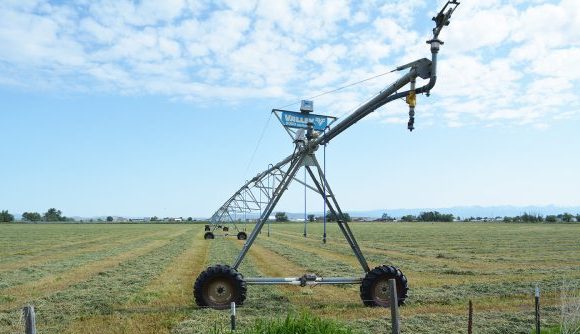Other views: Get involved in forest plans while they are being developed
Published 7:00 am Wednesday, December 21, 2022

- Roberts
In our communities, the Blue Mountains are more than just a special place to us.
These landscapes provide the water we drink, places we make lifelong memories and, for many of us, our very livelihoods. We need these national forests — now, tomorrow, and well into the future. Active management is critical to ensuring these natural landscapes remain sustainable to meet those needs. What guides this active management? Our forest plans.
Forest plans set the overall management direction for each of our national forests. These documents guide forest management, activities, use and protection. A forest plan does not make site-specific project decisions but provides a framework and sideboards that shape the long-term trajectory of forest conditions.
Our existing forest plans for the Malheur, Umatilla and Wallowa-Whitman national forests were signed in the 1990s, which means they do not consider current economic, social or environmental conditions. Many of us would agree this needs to change. We need forest plans that reflect current conditions, local values and balance the needs of our communities with the landscape.
The Blues Intergovernmental Council was formed three years ago around these very issues. The BIC includes all the governmental entities with decision-making authorities in the Blues to work together through several forest management issues taken from the 2018 objections to the withdrawn forest plans.
BIC members represent diverse perspectives. Many were also objectors in 2018. This work is unprecedented and provides a unique approach to sustainable forest management.
The BIC recently completed recommendations on desired conditions (or goals) for the forest plans around riparian livestock grazing, fisheries, hydrology, forest health, access, and commissioned a socioeconomics analysis. The BIC intends to provide these recommendations to the Forest Service for consideration in the revised forest plans.
The recommendations we developed are just that — the BIC’s agreements on what desired conditions should be based on current conditions and input from BIC members about sustainable forest management. Our discussions were also informed by what we heard at the objection resolution meetings.
After we completed these products, we asked you to engage and share your feedback. Many of you attended one or more of the seven public meetings we held throughout the Blues.
Thank you.
We heard your passion, we heard your input and we really appreciated the contributions that each participant brought to every one of those meetings. You made clear that access, forest health and socioeconomics are important to our communities.
The BIC has been comparing your feedback to our recommended desired conditions. Based on this review, we have asked the socioeconomic subcommittee to look more closely at how the analysis included economic activities, such as timber and lumber processing. All updates on the BIC will be posted on our website, including next steps and how your input will be carried forward to the Forest Service.
While there will still be passion around important issues, we have built a solid foundation toward revising our forest plans in a way that reflects local values, incorporates input, provides sustainable management, and considers the communities’ economic and social-cultural health. But we need you in this process.
Your voice is crucial to ensure local interests are reflected in the forest plans while they are being developed. The official Forest Service process has not started. But don’t wait until the objection period — get on the mailing list and get involved today. These national forests are vital to all of us.









